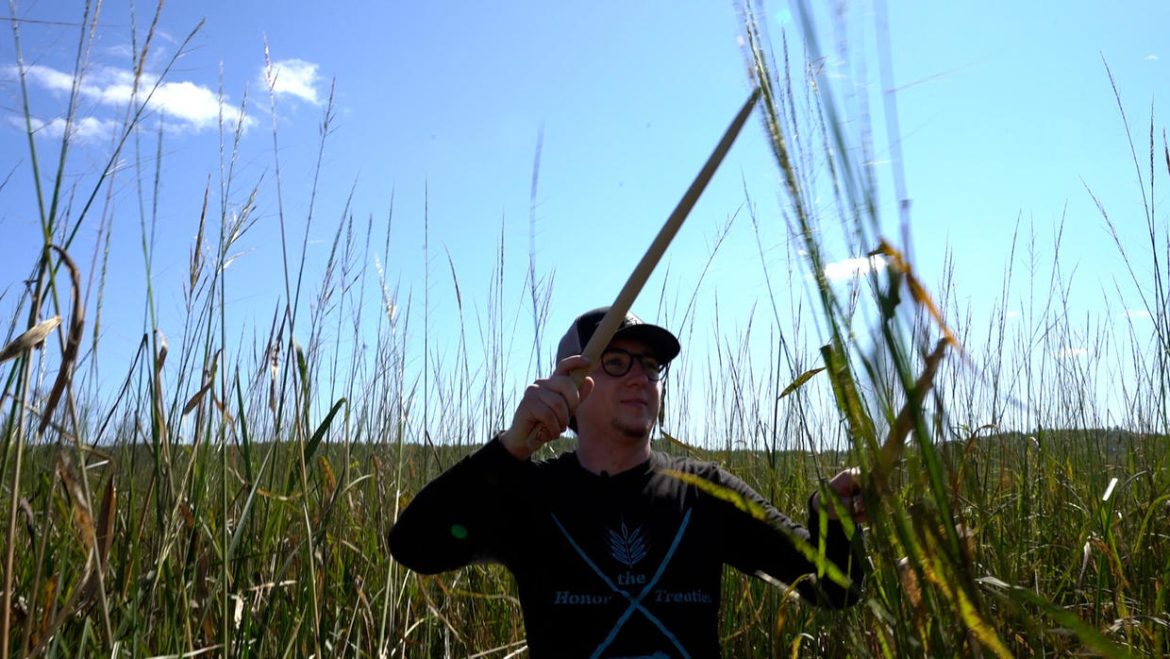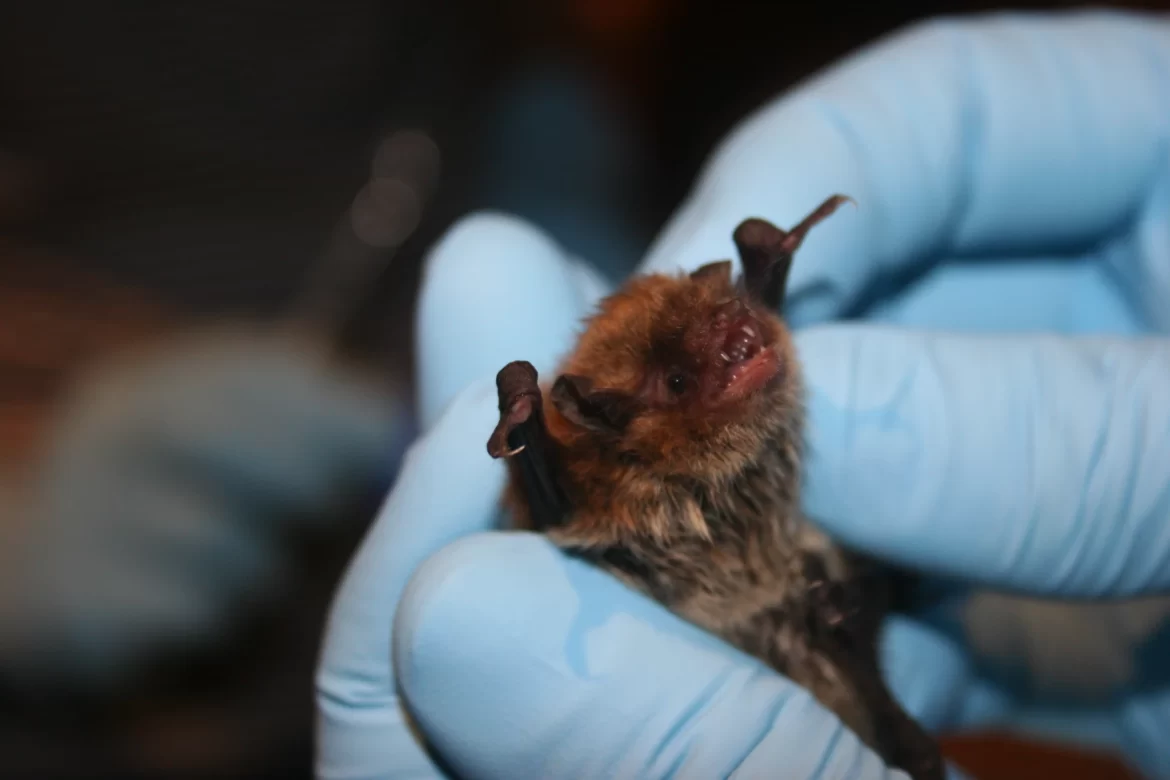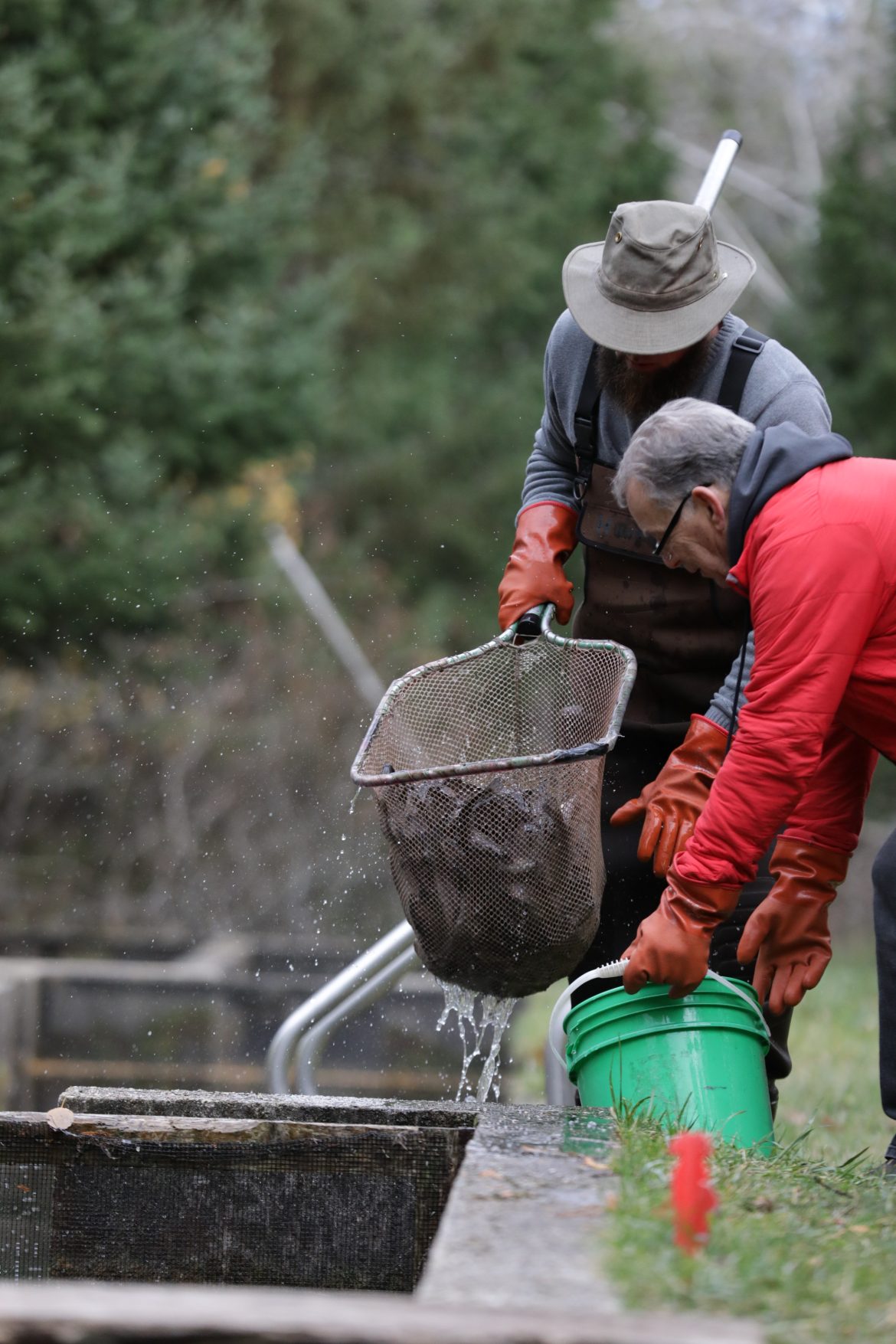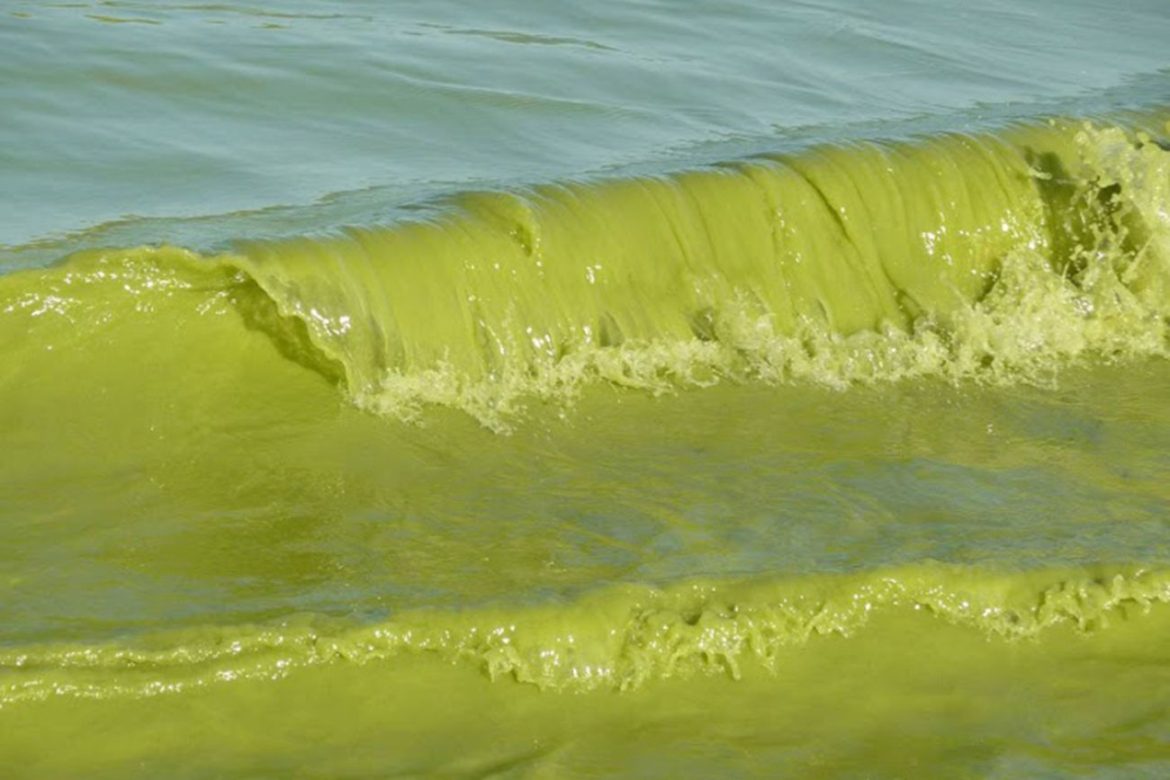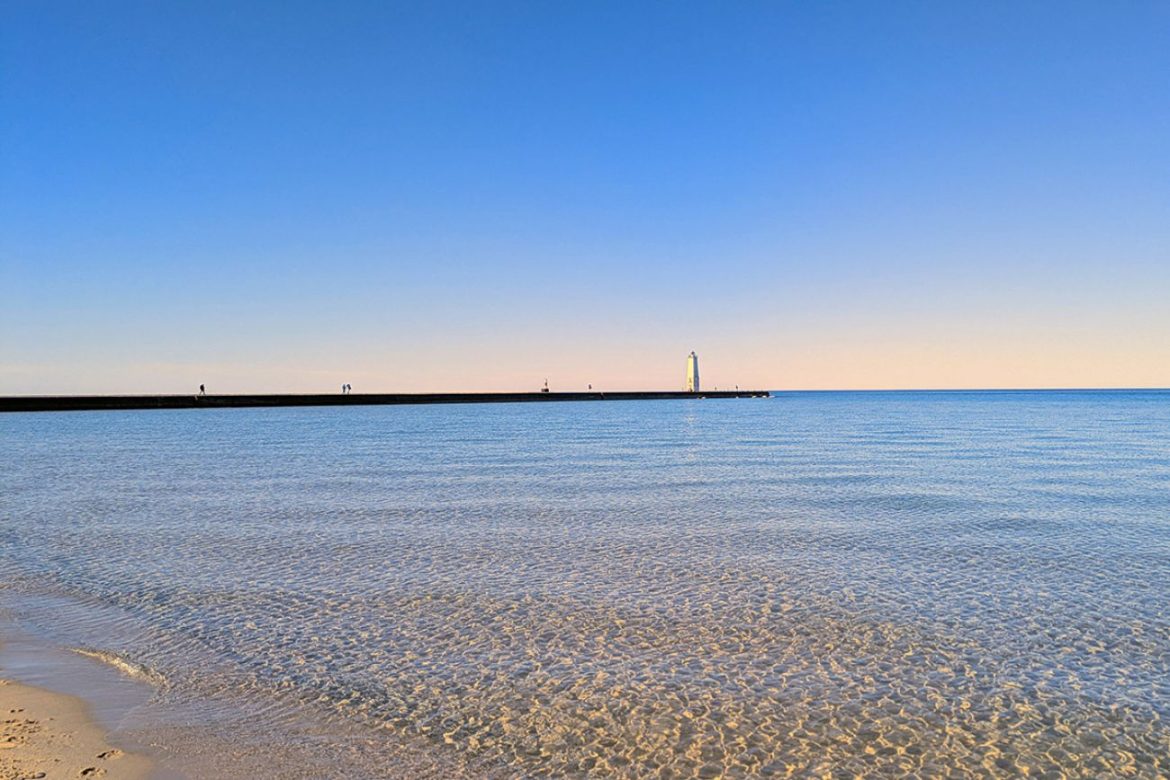Since the 1990s, algae blooms have become increasingly common each summer in western Lake Erie. The blooms are caused by an overabundance of nutrients, namely phosphorus, that spills into the lake off farms. Credit: National Oceanographic and Atmospheric Administration
By Emilio Perez Ibarguen
Michigan and its neighbors have missed a 2025 deadline to curb the farm pollution that feeds toxic algal blooms in western Lake Erie, despite 10 years of work and millions of dollars spent on the effort.
Now, state officials are revamping their strategy. But they’re not setting a new deadline for now. “Seeing how we’re implementing these newer approaches is an important step before updating some of the timelines,” said Tim Boring, the director of the Department of Agriculture and Rural Development.
He added that any future deadline should be “realistic and achievable.”
The state’s strategy irks environmentalists who have long criticized Great Lakes governments for refusing to regulate farm pollution while instead leaning on voluntary programs that aren’t working. “These were commitments made by the state of Ohio, by the state of Michigan, by the United States.


